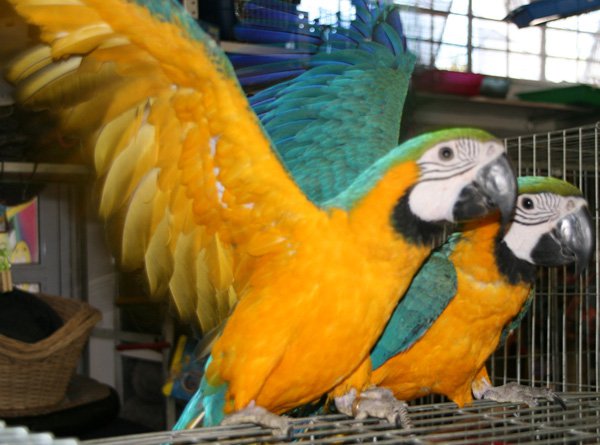
Do you ever think of how do horse whisperers do what they do? Here are some of the essentials of horse whispering.
Horse whispering is perceived as one of the gentlest methods of training and treating the horse. It has been one of the most preferred methods of horse trainers and you can almost consider all horse trainers as horse whisperers. Essentially, horse whispering is more of a principle that anyone who wants to be a horseman can adapt.
You do not require any special tool for horse whispering. All you need are the very basic tools like the round pen and the rope. But it should be emphasized that before ever attempting to learn and attempt horse whispering, you should fully understand horse mentality.
If you already know mentality of horses, then you should know that horses are prey animals and their survival instinct is to predominantly get away from danger as quickly as possible. Their natural response to your unfamiliar presence is to run away but chasing them will be a good idea. For sure, you will not be able to outchase your equine, but the experience will ultimately make the horse warm up to you.
Even when exhausted and curious, the equine is constantly watchful of your actions. The act of "horse whispering' is done at this point. This is actually by standing with your side to the equine. Doing this would appear as if you are whispering to the equine. This is actually putting the horse in its comfort zone as you're merely reenacting the behavior of the mare in the herd. Horses are accustomed to this type of herd behavior.
Horses are easily scared and have a very flighty response. But they can also lose interest just as easily. They will easily snub your efforts if you're lacking in confidence. It is important that you are self-assured in your approach so the horse can sense that you're something to be considered.
There should be a fine balance between being too assertive and being too careful. While there is an existing general equine behavior, a particular horse can be quite different with another. It is up to the horse trainer to determine this and adjust his or her approach.
Getting the horse's trust is one thing but it's not enough as you need to establish your leadership and dominance. The success of your horsemanship endeavor depends on it. Turning your back to your horse is also a fine aspect of horse whispering. Turning your back to the horse is simply showing to the horse that you are its leader and should be followed. Turn and step away slowly as you try to see if the horse is indeed following you. Don't expect to get it the first time. You will need a few more tries to perfect this method.
Practice and patience makes a good horse whisperer. Try to be sensitive as much as possible because horse whispering depends on two important things-knowledge and intuition.
 What To Feed Your Bearded Dragon
What To Feed Your
What To Feed Your Bearded Dragon
What To Feed Your
 Dog Gear and Accessories for Training
Dog Gear and Accessories for Training
Canines
Dog Gear and Accessories for Training
Dog Gear and Accessories for Training
Canines
 Choosing the right pet bird for your little ones
Choosing the right pet bird for your little ones
Choosing the right pet bird for your little ones
Choosing the right pet bird for your little ones
 Sugar Gliders - What Are They And Do I Want One As A Pet?
Sugar Gliders - W
Sugar Gliders - What Are They And Do I Want One As A Pet?
Sugar Gliders - W
 Puppy Farming - The Reality
Puppy Farming - T
Puppy Farming - The Reality
Puppy Farming - T
Copyright © 2005-2016 Pet Information All Rights Reserved
Contact us: www162date@outlook.com